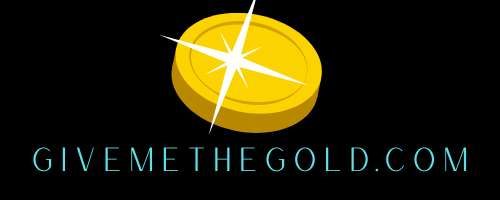You can invest in gold and other precious metals in an IRA. While the investment is tax-deferred, it is a niche type of investment. But if you’re interested in protecting your money from inflation, gold is an excellent option. Here are some benefits of putting gold in an IRA. It is a hedge against inflation,…
Tag: what is a gold IRA account?
Gold IRA Retirement
Here’s what you need to know about a Gold IRA Retirement Plan What is a Gold IRA Retirement Plan? A Gold IRA Retirement Plan is simply an IRA account that uses physical gold to protect your assets. It’s like having an individual retirement account, but instead of just investing in stocks and bonds, you’re also…

